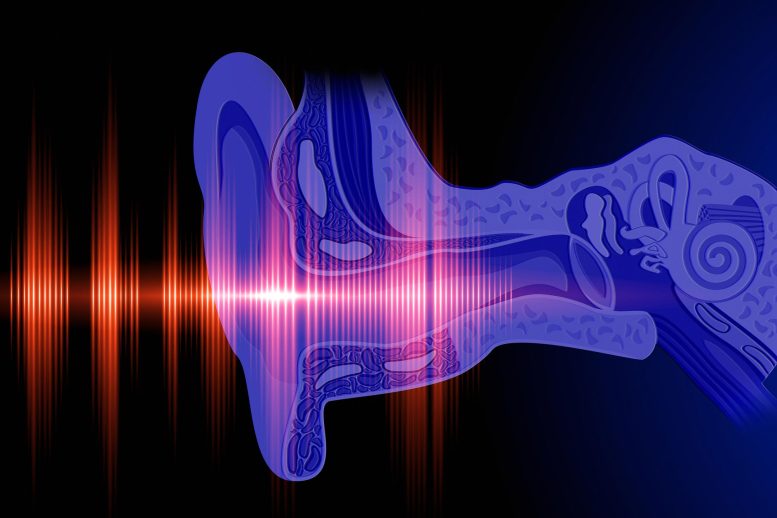
A recent breakthrough by a research team from Mass Eye and Ear, part of Mass General Brigham, demonstrated successful application of adeno-associated virus vectors in aged mice models with a mutation similar to the TMPRSS3 human gene, which causes progressive hearing loss. Their study points to the potential of virally mediated gene therapies for treating genetic hearing loss in the aged population.
Researchers at Mass Eye and Ear, part of Mass General Brigham, have successfully used adeno-associated virus vectors in gene therapies to treat genetic hearing loss in aged mouse models. This breakthrough suggests the potential for similar therapies to treat genetic hearing loss in the human aged population.
By 2050, one in 10 individuals is expected to live with some form of hearing loss. Of the hundreds of millions of cases of hearing loss affecting individuals worldwide, genetic hearing loss is often the most difficult to treat. While hearing aids and cochlear implants offer limited relief, no available treatment can reverse or prevent this group of genetic conditions, prompting scientists to evaluate gene therapies for alternative solutions.
One of the most promising tools used in these therapies—adeno-associated virus (AAV) vectors—has galvanized the hearing-loss community in recent years. Despite having already rescued hearing in neonatal animals with genetic defects, the vectors have yet to demonstrate this ability in fully mature or aged animal models. Since humans are born with fully developed ears, this proof-of-concept is necessary before testing the intervention in humans with genetic hearing loss.
A team of researchers from Mass Eye and Ear, a member of Mass General Brigham, recently became the first to successfully demonstrate AAV vector efficacy in aged animal models when they developed a mature mouse model with a mutation equivalent to a defective TMPRSS3 human gene, which typically results in progressive hearing loss. As reported in Molecular Therapy, researchers observed robust hearing rescue in the aged mice upon injecting the animals with an AAV carrying a healthy human TMPRSS3 gene.
“Our findings suggest that a virally mediated gene therapy, either by itself or in combination with a cochlear implant, could potentially treat genetic hearing loss,” said corresponding author Zheng Yi Chen, D.Phil., an investigator in the Eaton-Peabody Laboratories at Mass Eye and Ear. “This was also the first study that has rescued hearing in aging mice, which points to the feasibility of treating DFNB8 patients with DFNB8 even at an advanced age. The study also establishes the feasibility of other gene therapies in the aged population.”
Reference: “Rescue of auditory function by a single administration of AAV-TMPRSS3 gene therapy in aged mice of human recessive deafness DFNB8″ by Wan Du, Volkan Ergin, Corena Loeb, Mingqian Huang, Stewart Silver, Ariel Miura Armstrong, Zaohua Huang, Channabasavaiah B. Gurumurthy, Hinrich Staecker, Xuezhong Liu and Zheng-Yi Chen, 26 May 2023, Molecular Therapy.
DOI: 10.1016/j.ymthe.2023.05.005


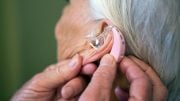

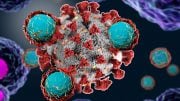
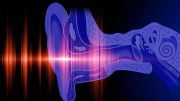
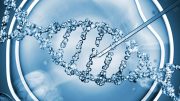
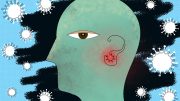
Be the first to comment on "Gene Therapy Breakthrough in Treatment of Age-Related Hearing Loss"